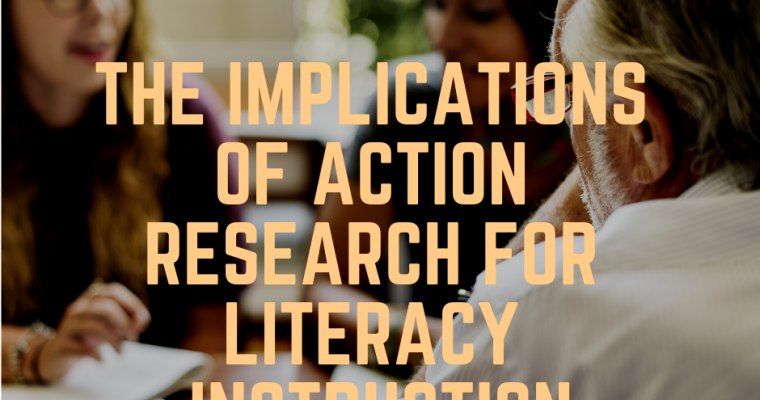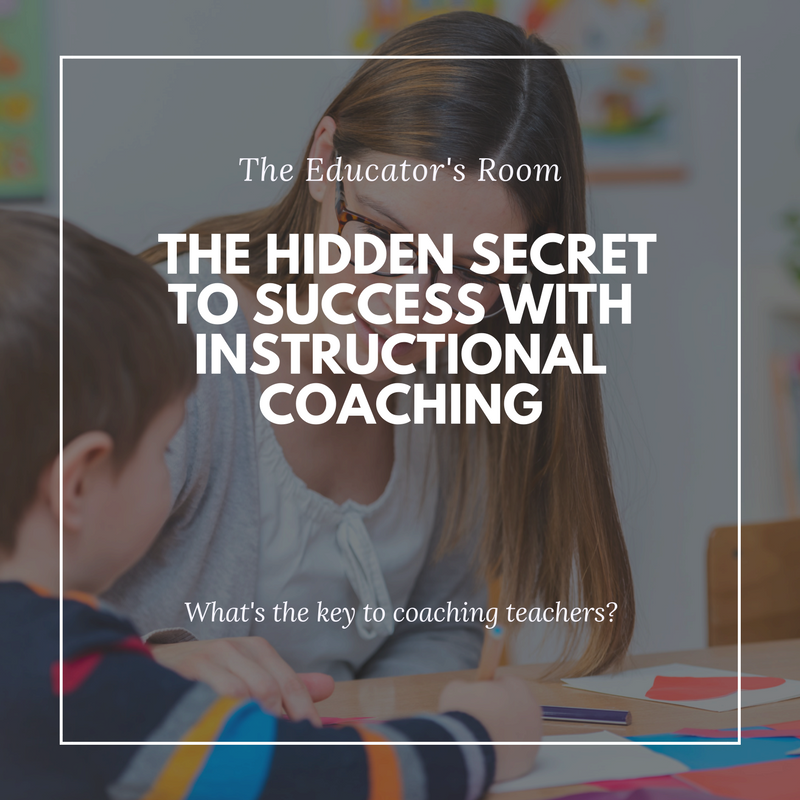Instructional Coaching: Job-Embedded Professional Learning and Compensation
If you’ve been in education longer than a decade, you likely experienced (or heard legends of) the teacher compensation model that encouraged continuous learning at post-secondary institutions. This paralleled state licensing that required graduate credits as part of the license renewal process. The “steps and […]







